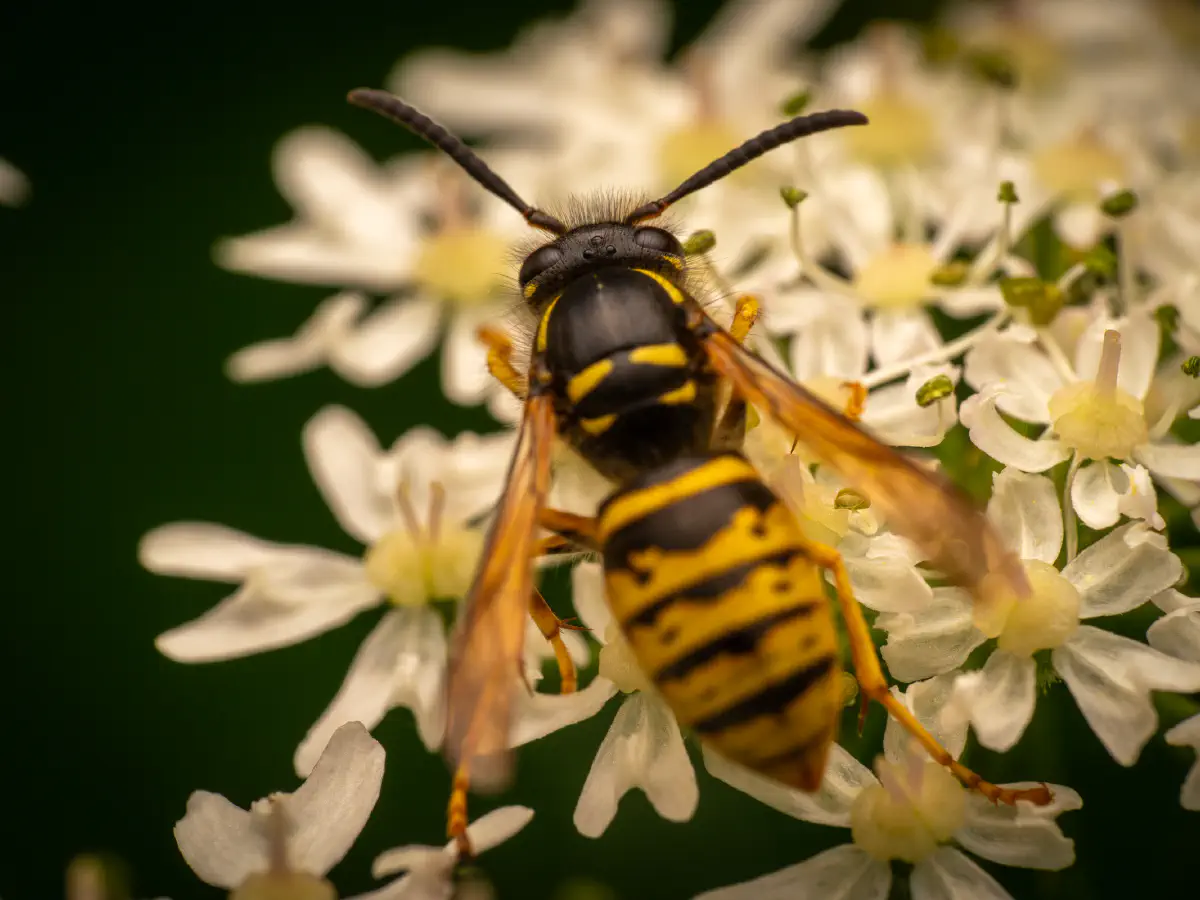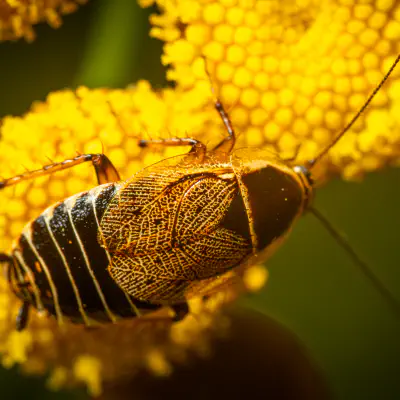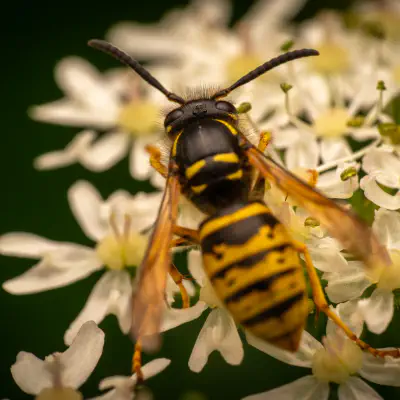The colony cycle for D. sylvestris is typically about 3.5 months and occurs from May through August or September. Colonies are often initiated in mid-May by a single queen who quickly begins building the nest, and laying eggs in the cells as she builds. She often completes three envelopes in a single week. These workers take about 2.5 to 3.5 weeks to develop to adults from eggs. About 40 worker eggs are produced in the
nest at this stage, but some do not mature fully due to limitations in resources provided by the queen. After this stage, known as the queen colony, comes the stage where small cells are built and more workers and the first males are reared. This stage goes on for a few weeks, typically until late June. Around this time, construction of large cells that house the rearing process of queens and more males begins. These
individuals emerge as adults around mid-July. The colony develops until around the end of August at which time all of the sexuals (reproducing males and queens) have left and the original queen is dead. The social structure of the nest now collapses and the workers that remain typically die soon due to starvation or old age. The queens that leave go into hibernation and begin new colonies the following May. In a single mature tree
wasp colony there is an average of nearly 800 cells in the nest and a total of 400 small cell adults and 300 large cell adults.



